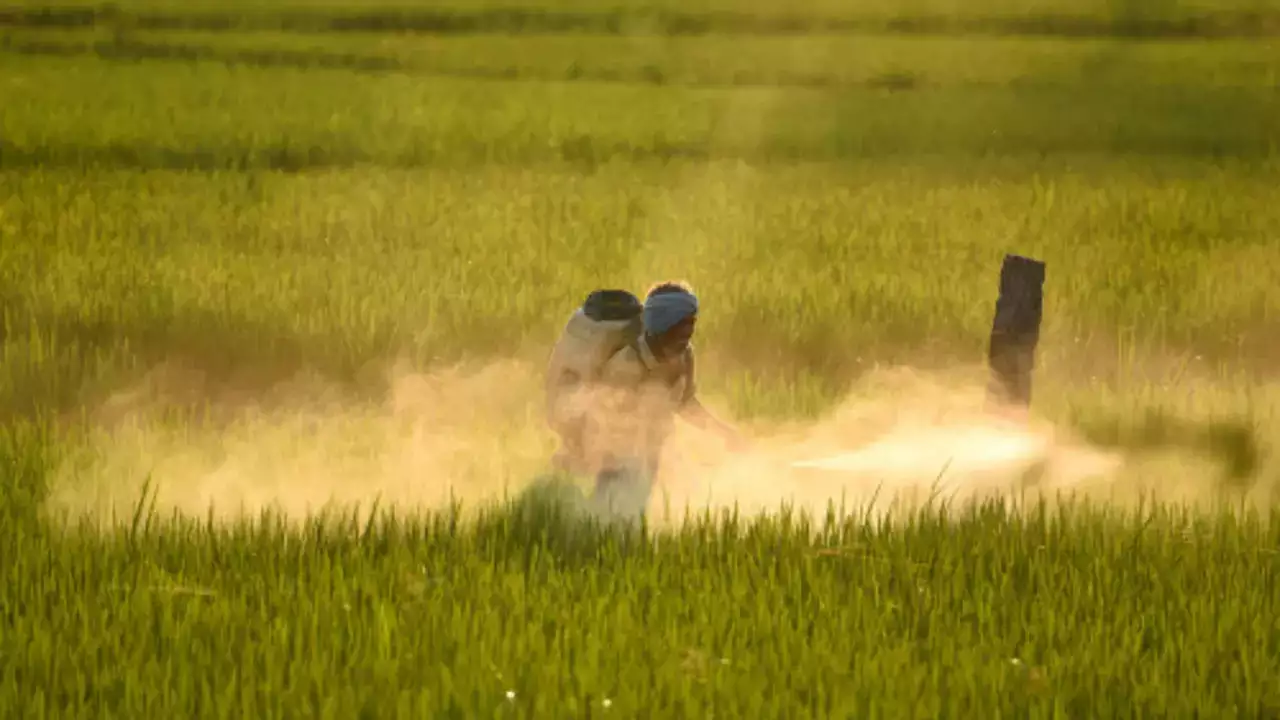



Article by: Hari Yellina
Crop growers all around the world are suffering from a global fertiliser shortage. With its invasion of Ukraine, Russia, as one of the world’s largest exporters of phosphate fertiliser, has wreaked havoc on the worldwide supply chain. The impact can be felt all across the world. Brazil’s coffee sector is suffering a growing crisis as a result of a lack of Russian-sourced fertiliser, which is suffocating harvests. This year, coffee production is predicted to drop by more than 15% globally. Australian miners say “the time is here” for the country to begin exporting its abundant phosphate resources as countries scramble to develop less volatile economic links. The Georgina Basin in north-west Queensland is said to be a phosphate honey pot just waiting to be tapped.
Phosphate, soluble potassium (potash), nitrogen, and silica are the four essential minerals required to grow agricultural crops. From evaporated sea beds, phosphate rock and potassium-rich salt (potash) are mined. The Georgina Basin, which stretches over north-west Queensland and parts of the Northern Territory, was formerly the neck of the inland Eromanga Sea, which dried up between 40,000 and 60,000 years ago. Low-cadmium phosphate is produced in the basin, and it is purchased by the world’s largest importers: the European Union (EU). While cadmium is a naturally occuring element found in all soils and rocks, large levels can be hazardous to people. The EU imports the majority of its phosphate from Russia and Morocco due to tight low-cadmium rules.
However, as a result of the Russian-Ukraine war, Europe and other importing countries are looking for more stable trade partners, Australian miners are salivating. While Australia’s most productive phosphate mine is on Christmas Island in the Indian Ocean, the Georgina Basin contains 90% of the country’s phosphate reserves. The vast majority of known deposits are located in or near north-west Queensland, with a few exceptions in the Northern Territory. Despite having some of the world’s largest undiscovered phosphate sources, Australia imports roughly 80% of its phosphate. Chatham Rock Phosphate executive director Colin Randall said there was a fundamental change happening in the world “and the time for Australia is now”.
His company’s Korella project in Cloncurry Shire is one of four phosphate mines in the works across north-west Queensland, with three more planned for the Northern Territory. “The entire organisation of the supply chain into Europe has been completely interrupted since Russia’s invasion on Ukraine,” he said. “The capacity to obtain low-cadmium phosphate is crucial, and the phosphate in the Georgina Basin, particularly in north-west Queensland, is low-cadmium.” “We have an opportunity in north-west Queensland, particularly in Cloncurry, to actually look at that market and build a whole new industry in Australia, where we become exporters of phosphate rather than importers,” Mr Randall said.
In Australia, a lot of the talk about phosphate mining is about exporting. Phosphate is not now produced or sold in the United States. Mr. Randall believes that establishing a strong indigenous fertiliser business that contributes to the country’s self-sufficiency should be a top goal. “The Korella project’s goal is to produce phosphate and sell it on the domestic market.” “At the moment, there are no companies producing phosphate for domestic markets. As a result, we will be the first to do so,” he stated. Kennedy is a federal member. Australia, according to Bob Katter, has the potential to be self-sufficient. “Crop and fruit and vegetable farmers are facing a year of losses due to rising fuel and fertiliser prices, as well as a labour scarcity,” Mr Katter said.
“We have the raw materials, acreage, and technology to be reasonably self-sufficient in fuel and fertiliser, but we need investment and vision to get there.” He proposes building a 150-kilometer canal from the Gulf of Carpentaria to just north of Mount Isa, with the goal of “ferrying the fertiliser up the canal to be exported from the Gulf rather than road-tripping it to Townsville.” Mr. Campbell prefers to invest in existing rail and road infrastructure rather than the canal project. Mr Randall anticipated that more investment in Australia’s phosphate industry would help the new market prosper, despite the fact that it was still in its early stages. “These are initiatives that will last several decades. We have a fantastic opportunity to fill the hole that Russia has left.”